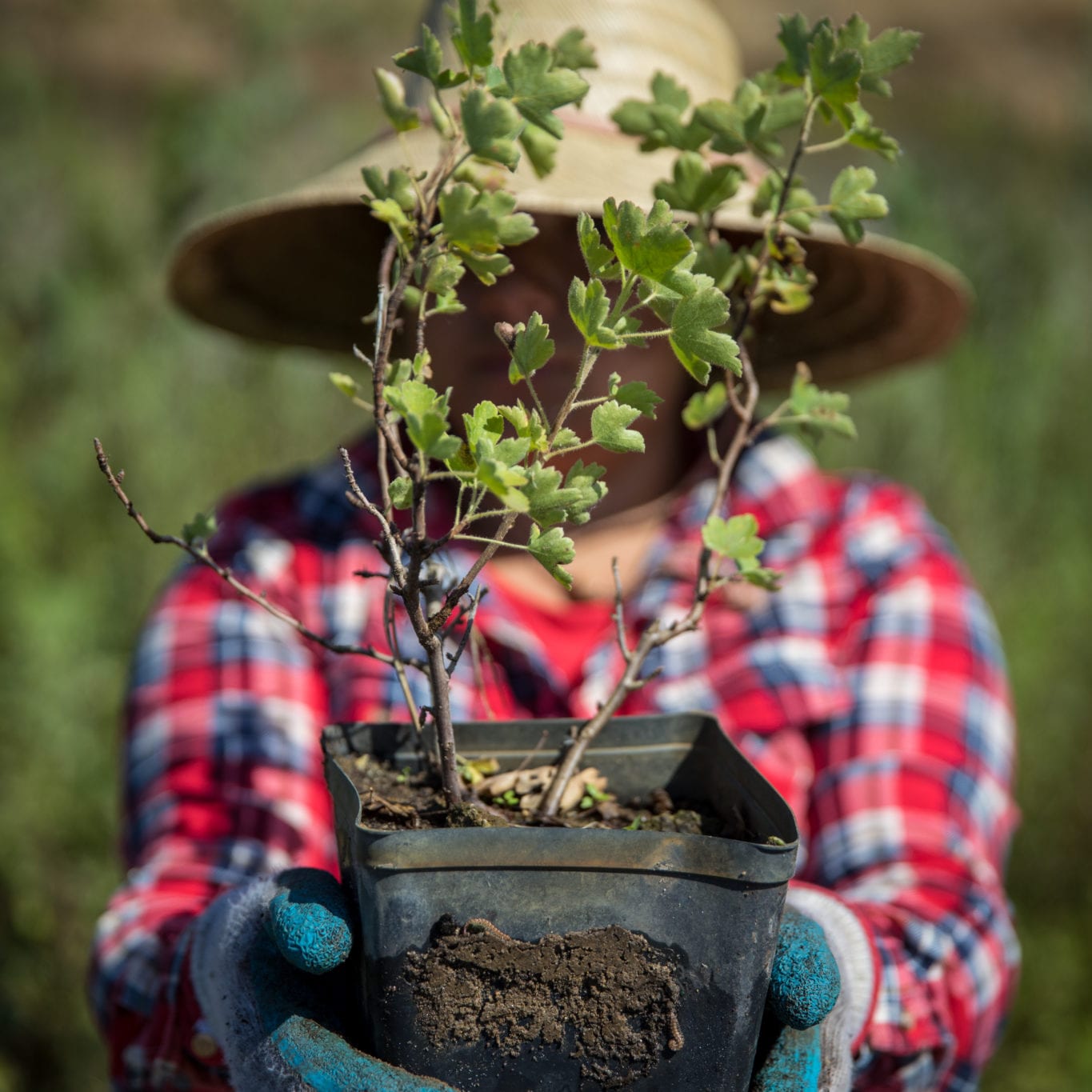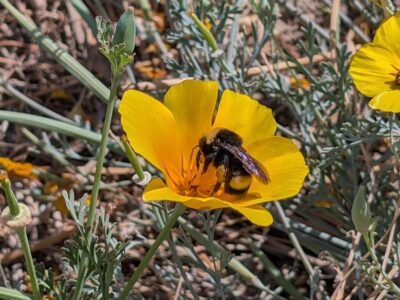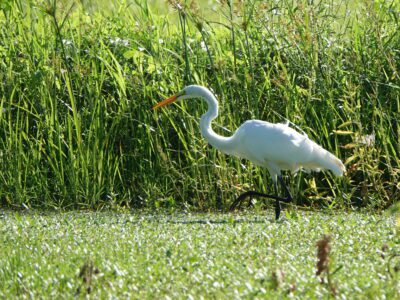Celebrating our 20th anniversary this spring, River Partners has re-introduced 11,000 acres of native wildlife habitat and planted millions of trees. Our work represents the largest restoration footprint of any on-the-ground firm or organization in California.
Acres and trees are shorthand for the real impact of riparian restoration: natural capital that directly benefits all Californians and our growing economy.
After 20 years, our restoration projects have produced an extraordinary $2.4 billion of natural capital, a return on investment of 21 times our costs of $116 million, considered over fifty years.
To reach this amazing conclusion, we used an economic framework provided by the California Water Board combined with standard ecological modeling.
In 2017, the California Water Board invited proposals to the $2.7 billion Water Supply Improvement Program (WSIP), requiring a direct calculation of ecosystem services values for each proposal. River Partners proposed to spend $20 million to deliver 1,200 acres of floodplain recovery projects that would increase water supply and provide a range of other ecological benefits. Using values assigned to four categories of benefits supplied by the WSIP, we calculated a present value of $800 million over the life of the project.
To calculate the value of our entire body of past work, we followed the WSIP guidelines that stipulate: a 3.5% discount rate; $310 per acre-foot (AF) as the value of water in an average year; $2,500 as the value of one returning fall-run salmon; and $100,000 as the value of one returning spring-run salmon.
We considered eight factors described below, and left out some that were too complex to calculate: air quality improvement; public recreation; the full range of sensitive animal and plant species habitat supported on our restored properties; and, a major one: flood risk reduction.
Water Supply
When we restore an agricultural field, we stop irrigating, leaving water in the system for other users. Considering that riparian forests still transpire some water even after the irrigation is turned off, we have measured a water use reduction of, on average, 3.5 acre-feet of water per restored acre. River Partners’ 10,429 total acres of restored formerly irrigated agricultural lands totaled enough water to supply 383,000 residential water users annually, valued at $11,315,000 per year using the WSIP valuation approach.
Salmon Rearing Habitat
Restored floodplains provide rearing habitat for salmon, a critical part of the solution for recovering and maintaining stable salmon populations over time. The combination of the Central Valley Project Improvement Act’s Salmonid Doubling Goal and the Central Valley Flood Protection Plan’s Conservation Strategy Appendix H lets us estimate how many fish return to the Central Valley each year as a result of our work to restore floodplains: 31,000 salmon. If we conservatively assumed that all of those are fall-run Chinook salmon, the annual value of our work is $77,500,000.
Nutrient Reduction
Extra nitrogen and phosphorus runoff from agricultural production can lead to low oxygen zones that harm native aquatic wildlife in our rivers. The WSIP methodology to value the benefit of nutrient reduction relies on estimating the cost of mitigating these impacts. We estimate that a facility to remove the aquatic nitrogen and phosphorous from the river from the lands we have restored would cost about $30 million to build and about $1.8 million to operate annually.
Riparian Brush Rabbit Habitat
There was an extensive breeding program for the endangered Riparian Brush Rabbit in the early 2000’s. The cost per released captive-bred rabbit was $920. While the WSIP would allow the full cost per rabbit to be included, we chose a more conservative value of $700 per rabbit for our calculation, generating a value of $2.3 million annually.
Carbon Sequestration
A key study estimates that riparian woodlands sequester 148 tons, and grasslands sequester 22 tons per acre when mature. The carbon market price is $15 per ton. River Partners’ 8,691 acres of restored native woodland and 1,425 acres of grasslands yield annual carbon storage of 1,319,547 tons valued at $19,793,206.
Pollinator Plants
River Partners has planted over one million pollinator plants in our projects. The cost per plant is five dollars; however, just to be conservative, we use a value of two dollars per plant, yielding an annual value of $2,179,000.
Elderberry Shrubs
The endangered Valley Elderberry Longhorn Beetle is found only in elderberry plants along rivers in the Central Valley. River Partners has planted 107,100 elderberry plants in our projects. The cost per plant is $10 dollars to install. The annual value of these plants is $1,071,000.
Youth Employment
River Partners employs the California Conservation Corps and other regional conservation corps whenever possible. To date, we have spent about $5 million on youth labor through these conservation corps. Although employment typically has a multiplier effect for regional economies, we assumed the value of our work to be only our actual direct spending on youth employment.
River Partners Natural Capital
The sum of the eight benefits listed above establishes a raw accounting of River Partners’ ecosystems services of $120,018,000 per year. We chose 50 years as an arbitrary (and conservative) horizon for this calculation. Taking into account a 3.5% discount rate the present value is the sum of these discounted values over the 50 years. Our calculation yields $2.4 billion in benefits to the ecosystems and people of California over the next 50 years. Considering the cost was $116 million the final return on investment is 21:1.
Our expanding understanding of restored multi-benefit floodplains will help refine our calculations. One thing is certain: by accelerating the pace and scale of habitat restoration, River Partners will continue to generate exceptional returns to benefit the ecosystems, economies and communities of California.









